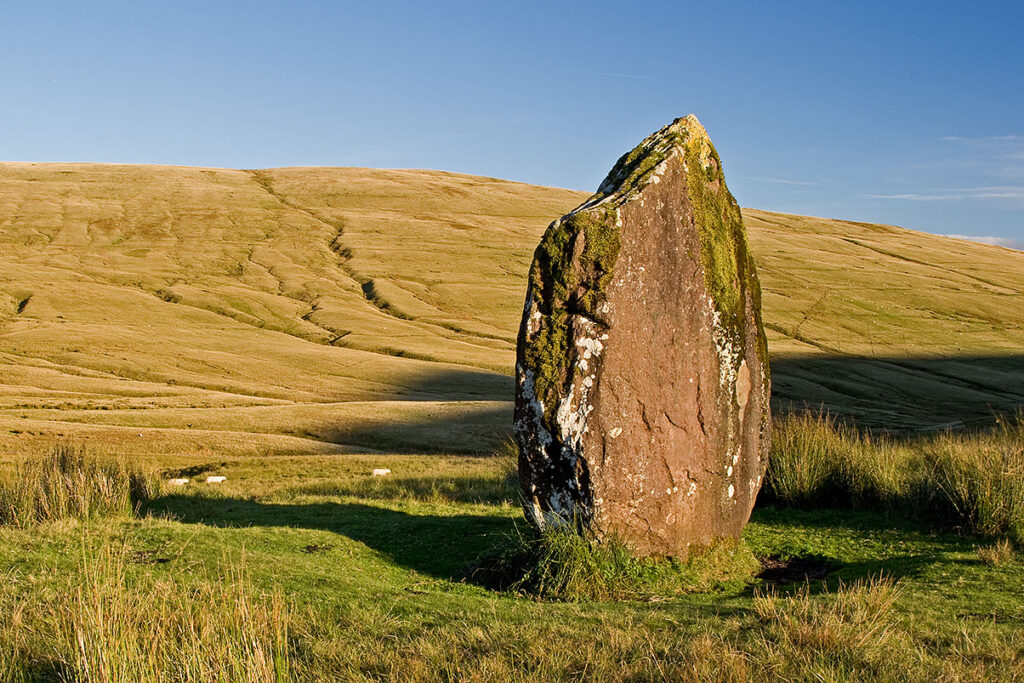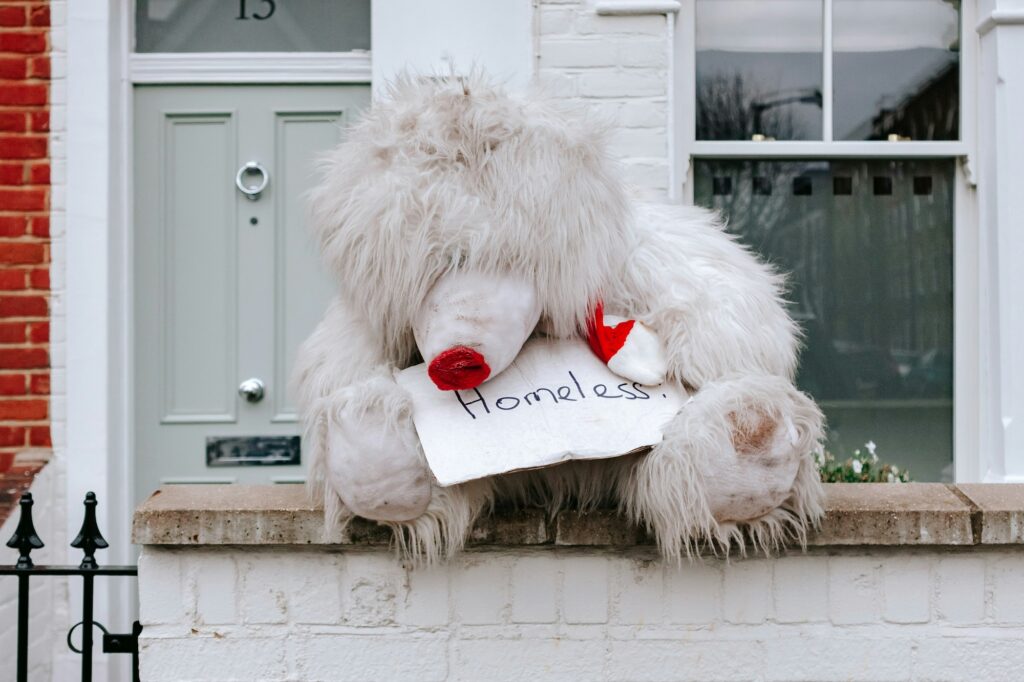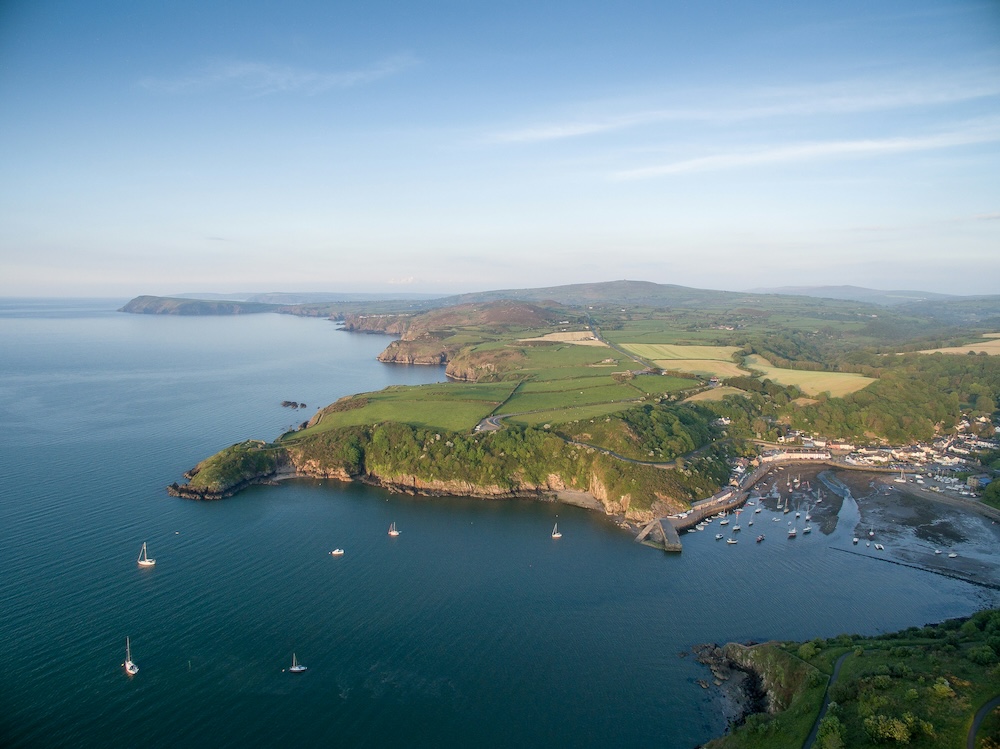Ken Moon reminisces about benders, a form of low impact dwelling that was his introduction to alternative housing and lifestyles in Wales.
‘We’d stepped through a gap in the fabric of our limited realities, and our lives would never be quite the same again.’
In post second World War Britain, Benders emerged as a low cost, low tech, low impact housing option for travellers, activists and all those seeking a sense of freedom from, and resistance to, unhealthy and destructive lives .
At their simplest with a bent hazel or willow pole supporting frame and a canvas tarpaulin thrown over the top, they can be warm, dry, cosy, and revolutionary. They’ve had a key role to play in defending our shared landscape, and a largely unsung role in helping shape One Planet Development policy in Wales.
Benders: a gateway to sustainable livelihood
Benders were my entry point into the possibilities of sustainable living in Wales.
A few of my friends lived quite comfortably in benders for several years in Coed Caswell, Gŵyr. Several activists had moved to the area to help support the chalet community of Holts Field in their long running campaign against eviction.
The benders may be long gone, but the community that they helped save remains. And the inspiration that these few intrepid souls gave has burned in the hearts of those that they influenced ever since.
The land had been made available by a local farmer during the second World War to help rehome those who had been bombed out of theirs. The chalets here, and in other parts of Gwyr, were all scratch built out of salvaged materials, and each unique to their owners.
Some of these original owners were still living in their chalets when the new landowner, a local solicitor, sent out eviction notices. They’d survived the blitz and weren’t going to be intimidated by a bully quite so easily.

At around the same time, the evictions of the protest camp at Sarn Helen open cast were coming to a head. Several activists headed south for some much-needed R&R and found a welcome at Holts Field.
The residents gave a discreet nod of assent to the benders which appeared in their midst. In return for a space to create a home, they gained friendly support and advice. Working together they prepared, writing letters, contesting in court and building lock-ons (one of the methods of peaceful protest since targeted by the Police, Crime, Sentencing and Courts Act 2022). They prepared to resist eviction and won!
This was all recent history when I met one of the bender dwellers, Larch. He was writing a PhD applying all he’d learnt from those living at Holtsfield and other low impact communities in order to set forward a new approach to allow people to live sustainably in the landscape.
This piece of work went on to influence the environment minister at Welsh Government, Jane Davidson, who oversaw the introduction of the One Planet Development planning policy framework. There are now dozens of people living sustainably in Wales thanks to benders.
A gap in the fabric: my first bender
Cycling in the rain to an un-signposted gap in the undergrowth along a lane on the outskirts of Murton, we followed a scribbled map in the dark along a barely discernible path until we came to what looked like a large wet heap of tarps. ‘This is going to be grim’, I thought.
In response to our calls, a slither of light magically appeared, and warmth, music and song poured out. Ducking our heads, we stepped into a new world of experiences: of people living in woods, of raves, protest, squatting, resistance.
We’d stepped through a gap in the fabric of our limited realities, and our lives would never be quite the same ever again. It was probably the ginger wine spiced with magic, but for the first time in my young life, I felt truly free.
At around the same time as Larch was introducing me to bender dwelling, letters started appearing in the Swansea post about ‘shadowy figures moving furtively through the undergrowth with dogs at their heels’. Unsettled by the presence of people living in their local woodland, a local resident had started complaining about the benders.
Innovative. Informed. Independent.
Your support can help us make Wales better.
Memory can be short, and the winds of change were blowing once again. With the evictions successfully contested, it was only a matter of time before planning enforcement acted and it became time for the travelling activist bender dwellers to move on. But I’ll never forget my first bender.
The benders may be long gone, but the community that they helped save remains. And the inspiration that these few intrepid souls gave has burned in the hearts of those that they influenced ever since.
The last that I heard of Dr Larch Maxey he’d been acquitted from charges relating to the defence of the lands scheduled for destruction along the route of HS2 by tunnelling under Euston Square, itself a formerly public space taken over by a private company as part of the HS2 development.
I like to imagine Larch now, in a woodland bender somewhere, defending nature and quietly inspiring others to do so too. Diolch mawr Larch, and all those who’ve dwelt in a bender in the pursuit of freedom, sustainability, and happiness in the defence of our land and nature.
Create inspiration, leave only memories!
All articles published on the welsh agenda are subject to IWA’s disclaimer. If you want to support our work tackling Wales’ key challenges, consider becoming a member.





